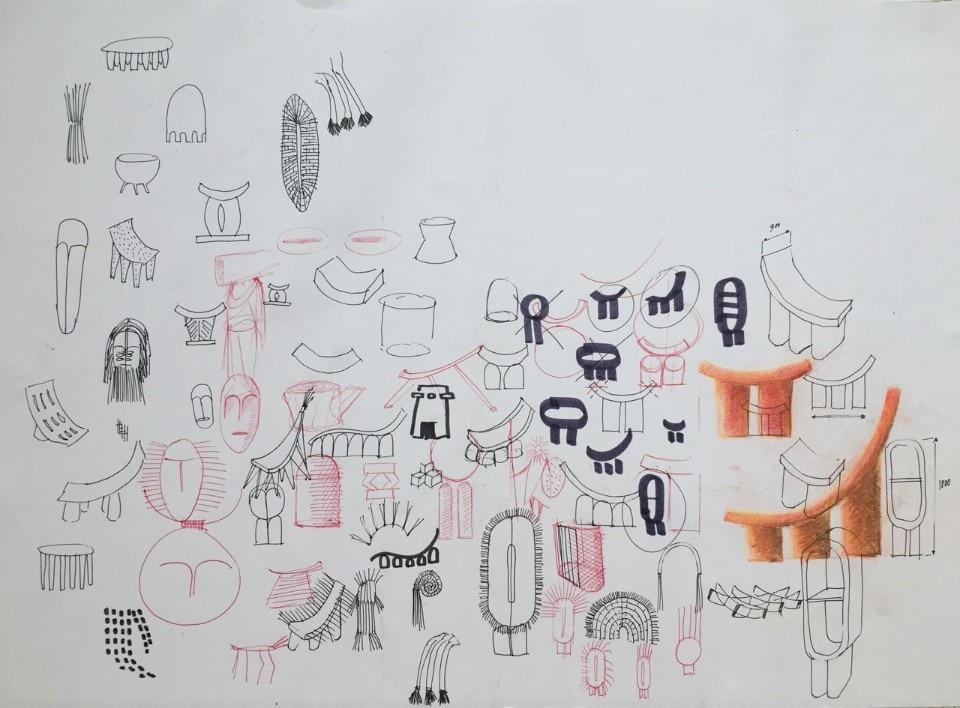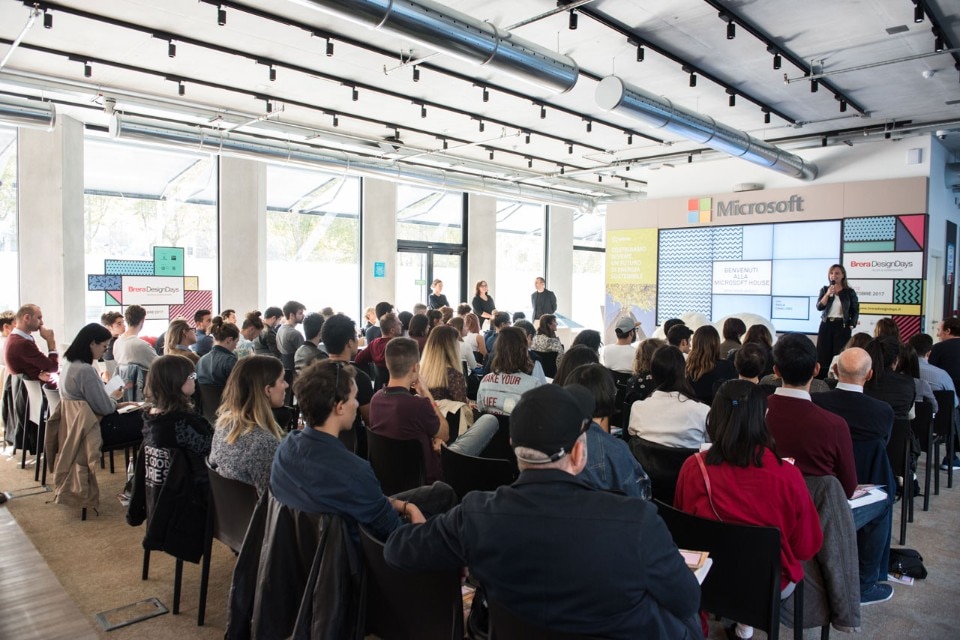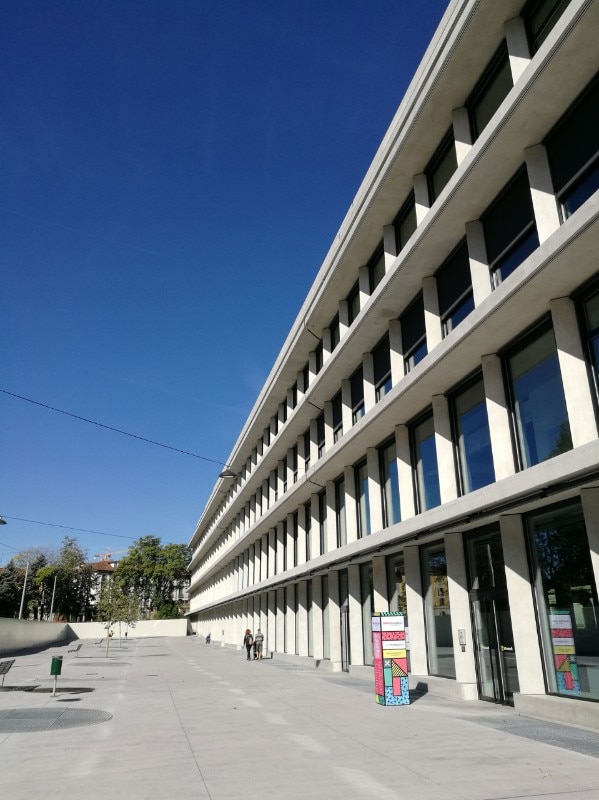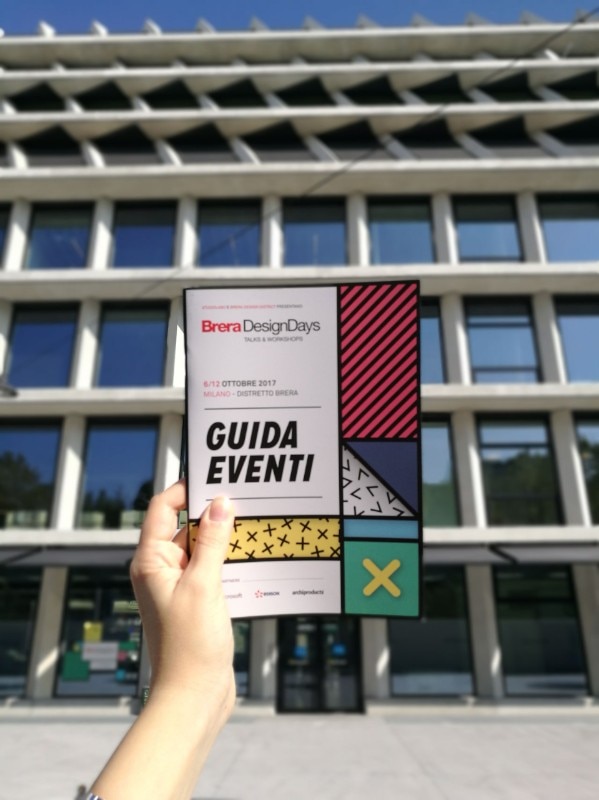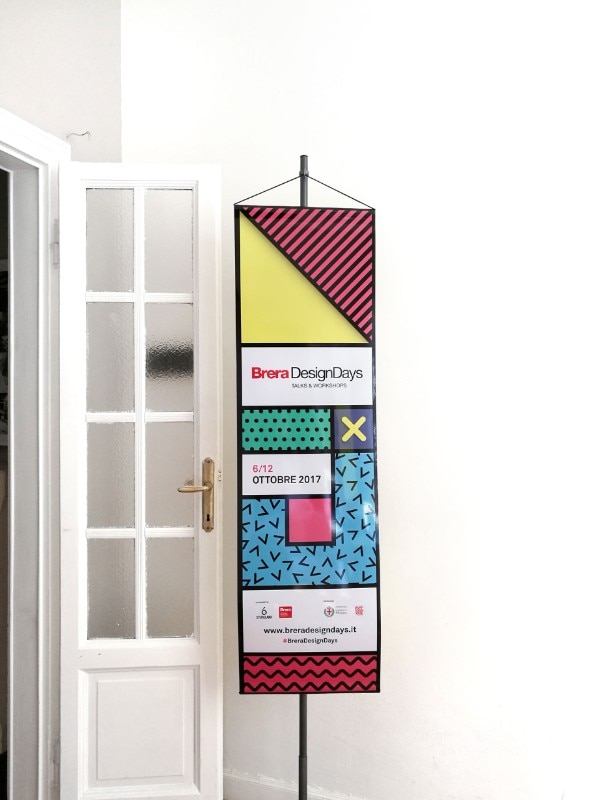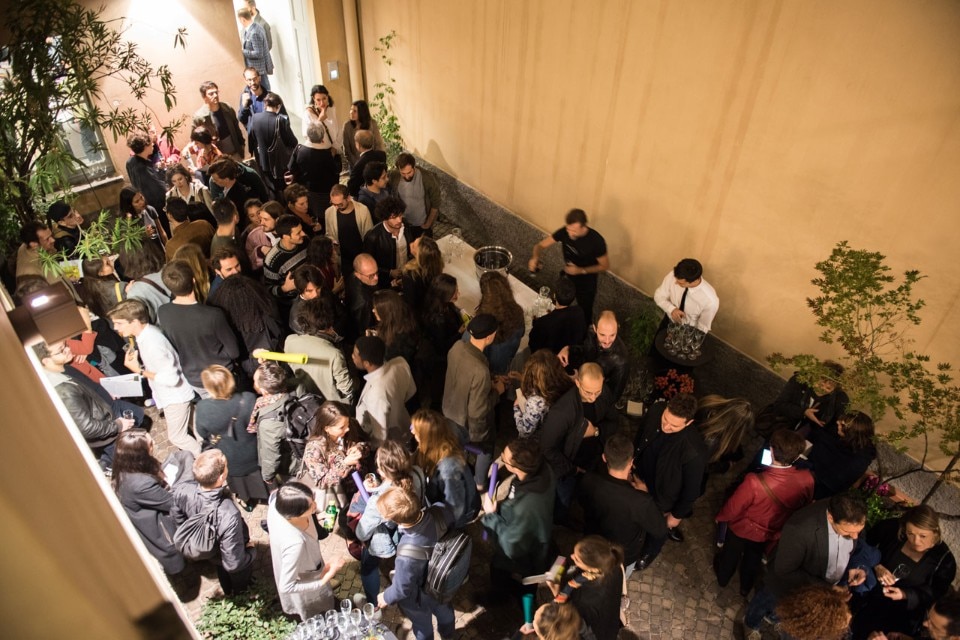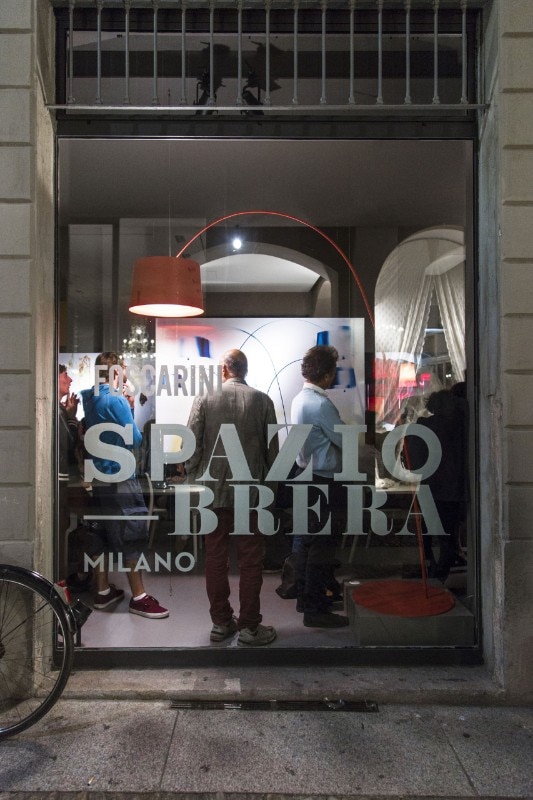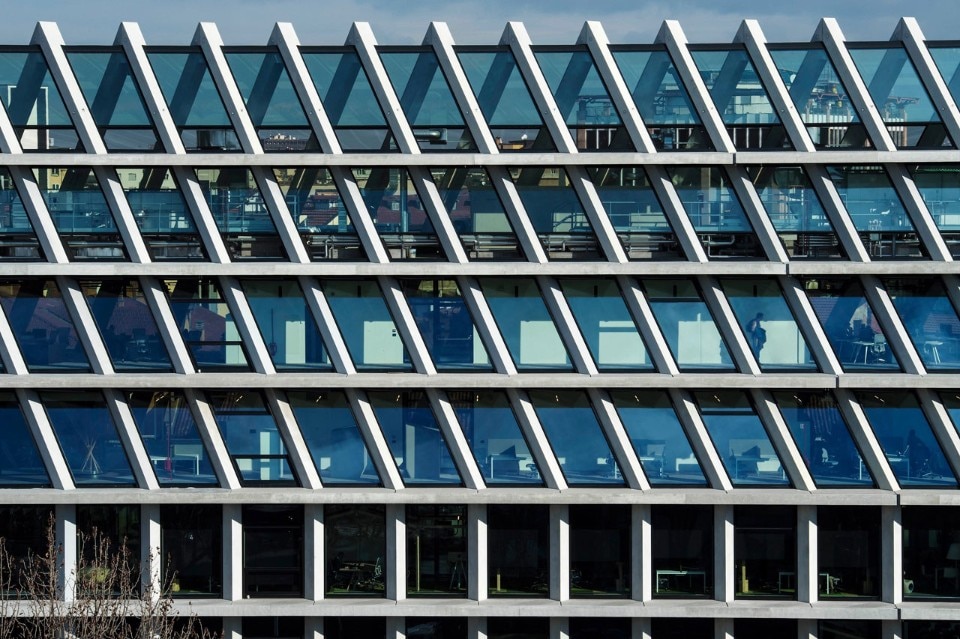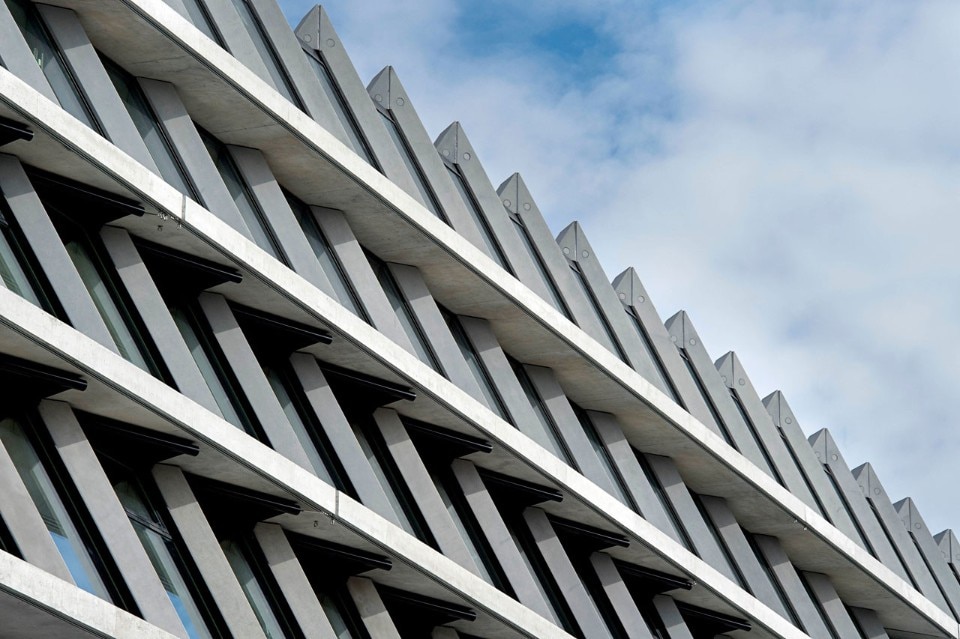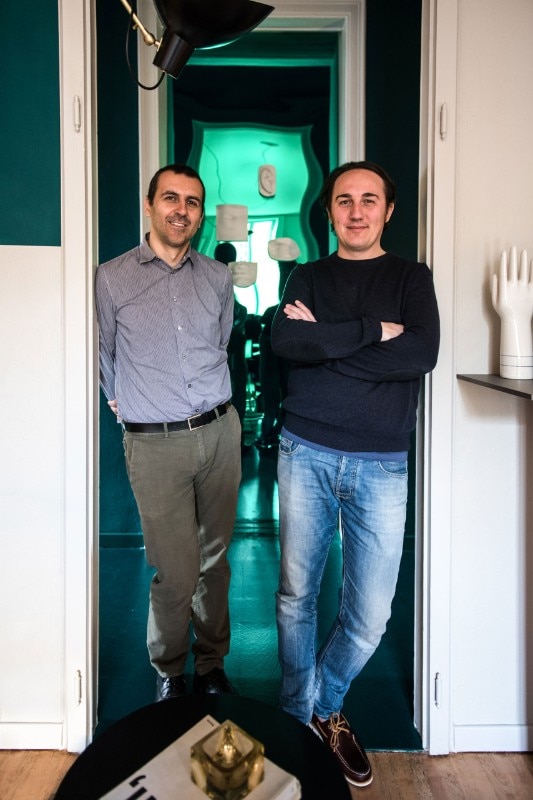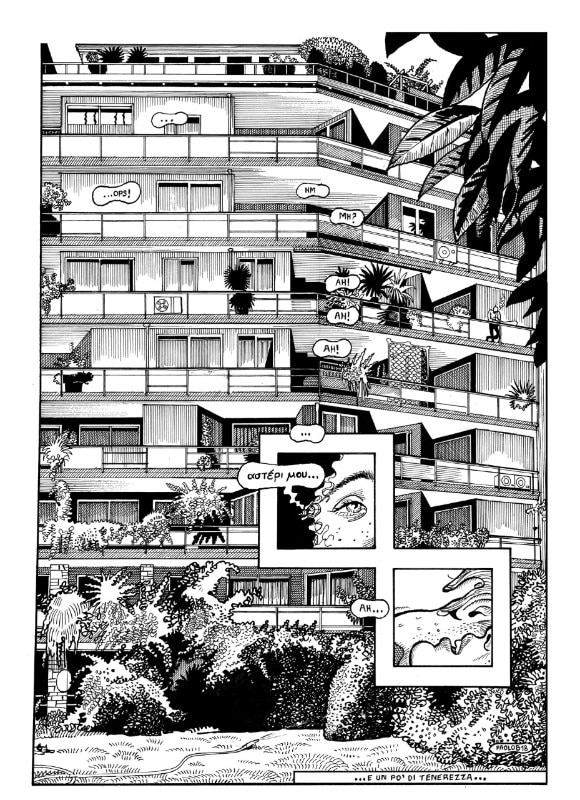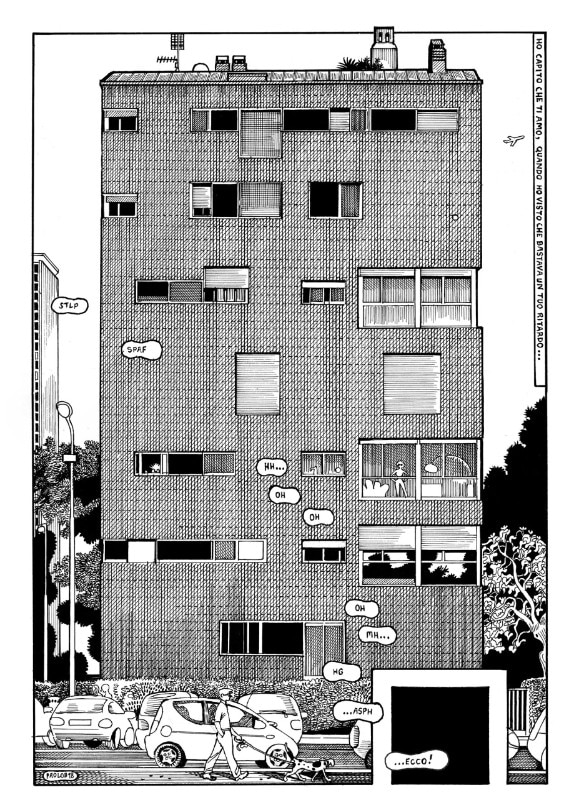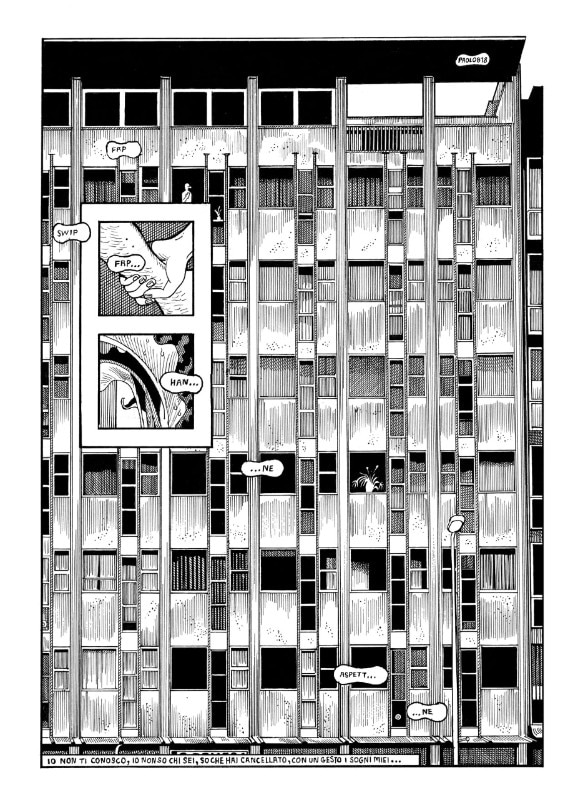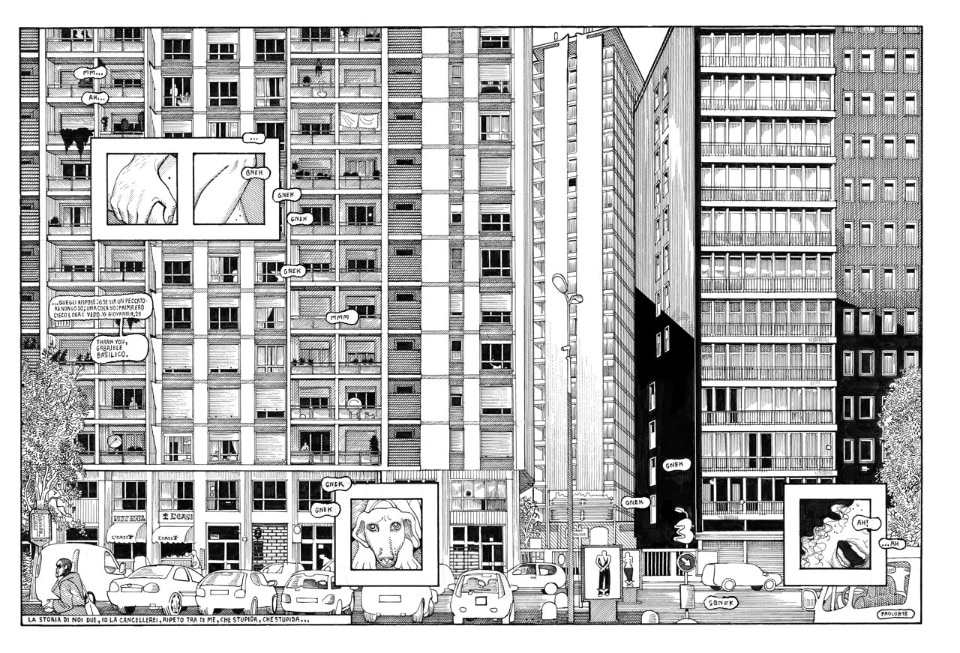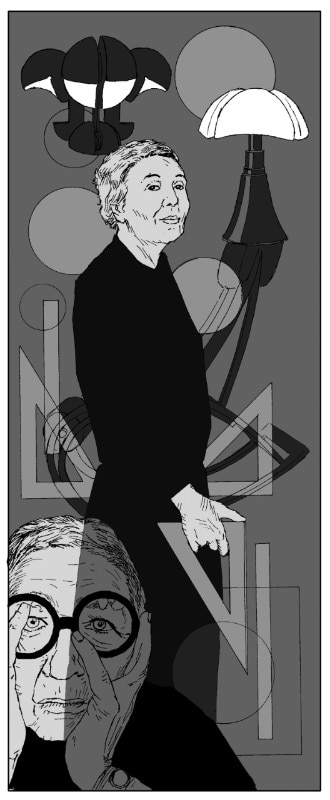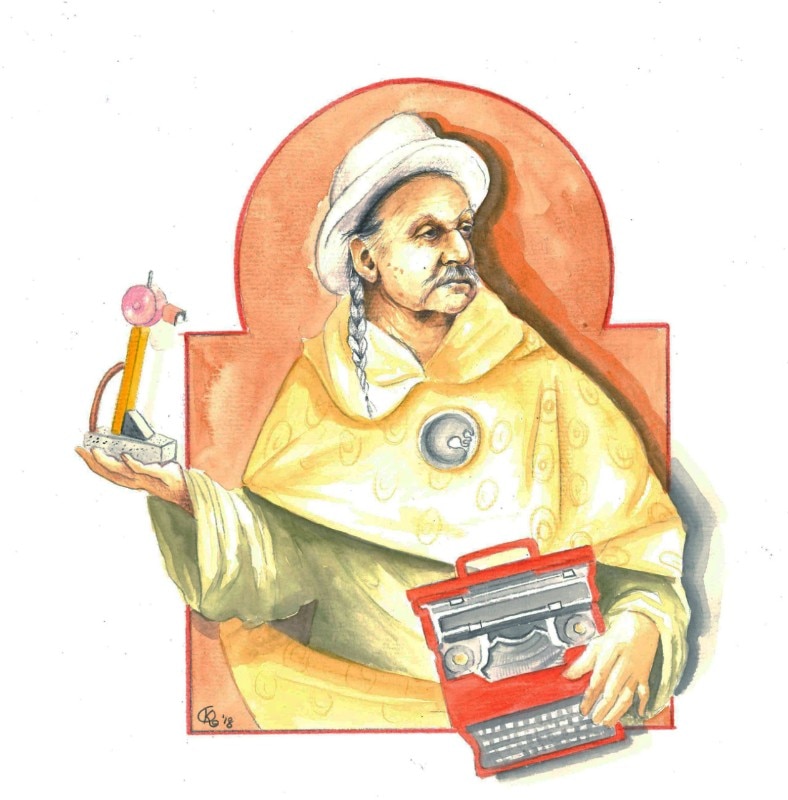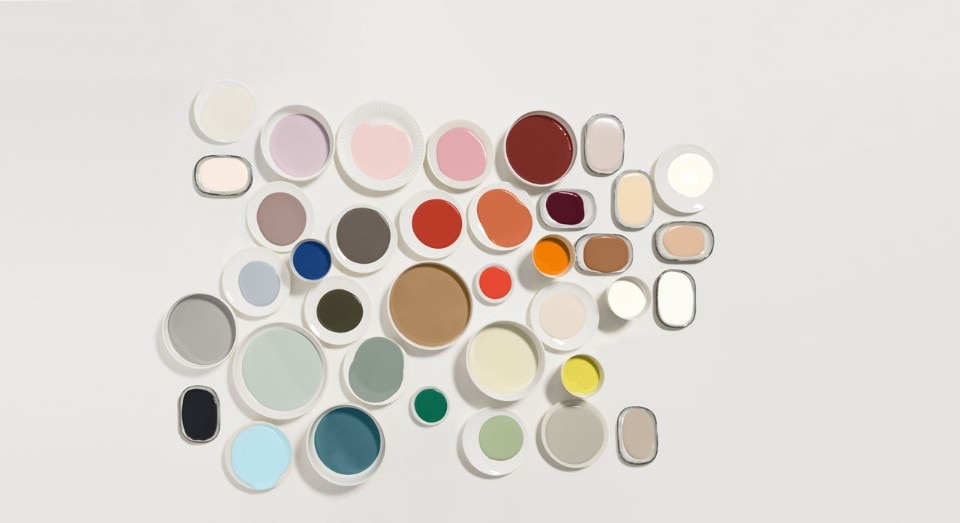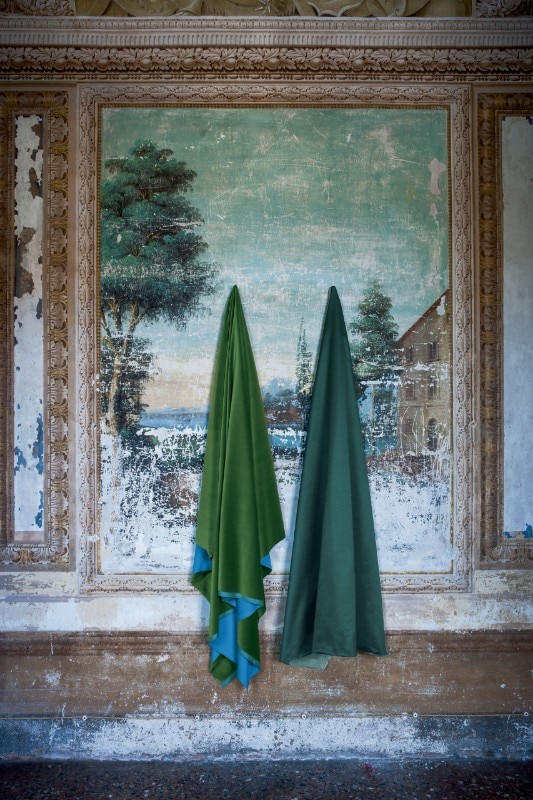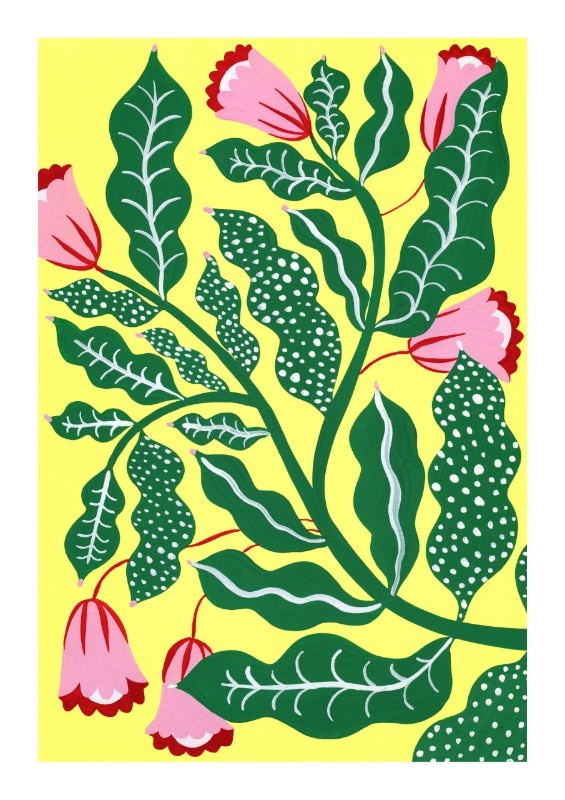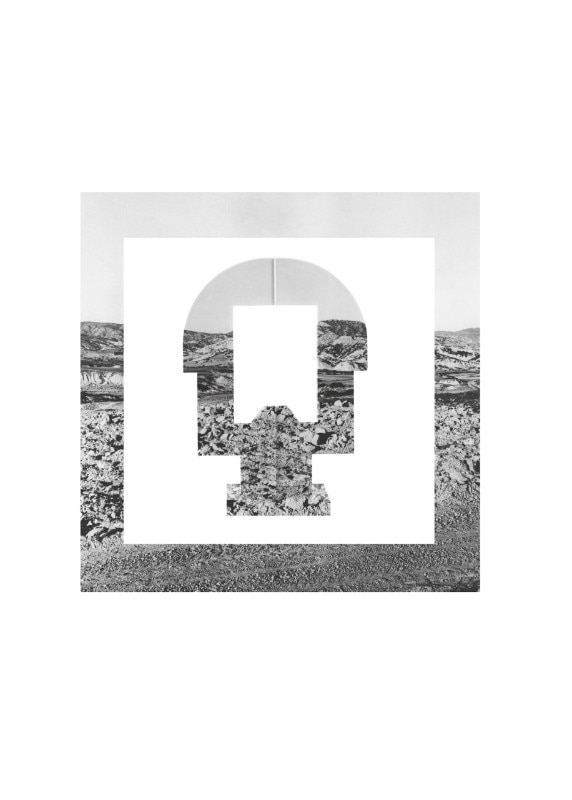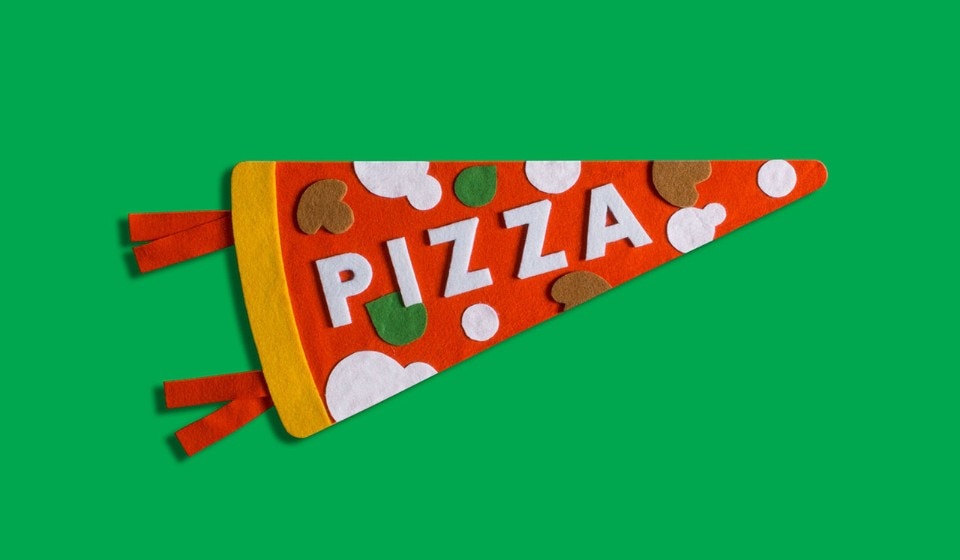From October 12 to 18, 36 talks, 12 workshops, 11 exhibitions and 23 spaces will make Brera the main design district in Milan. Design thinking, the model for the enhancement of the creative process theorized by the Stanford University in the early 2000s, is the focus of this third edition of the Brera Design Days.
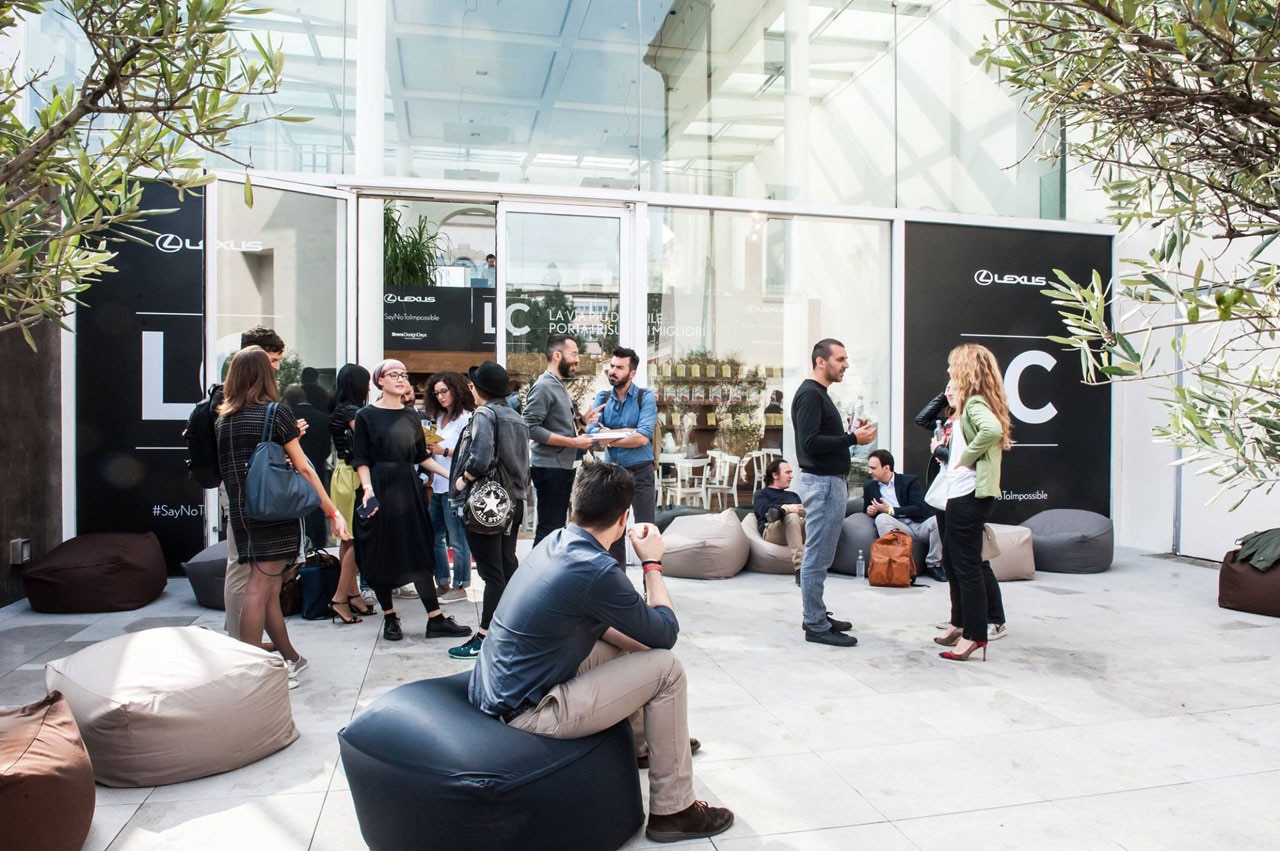
 View gallery
View gallery
Coding, service design and urban policies – design as means to improve the quality of life of citizens through new technologies, mobility and energy efficiency – will be the other most relevant topics. During “The Future of Cities” by Domus and “Airbnb Plus”, design professionals as Stefano Andreani, professor at Harvard University, Tommaso Vincenzetti, brand & international director of Domus, Walter Mariotti, editorial director of Domus, Andrea Cuman and Michele Masneri will talk about new concepts of smart and social living and housing.
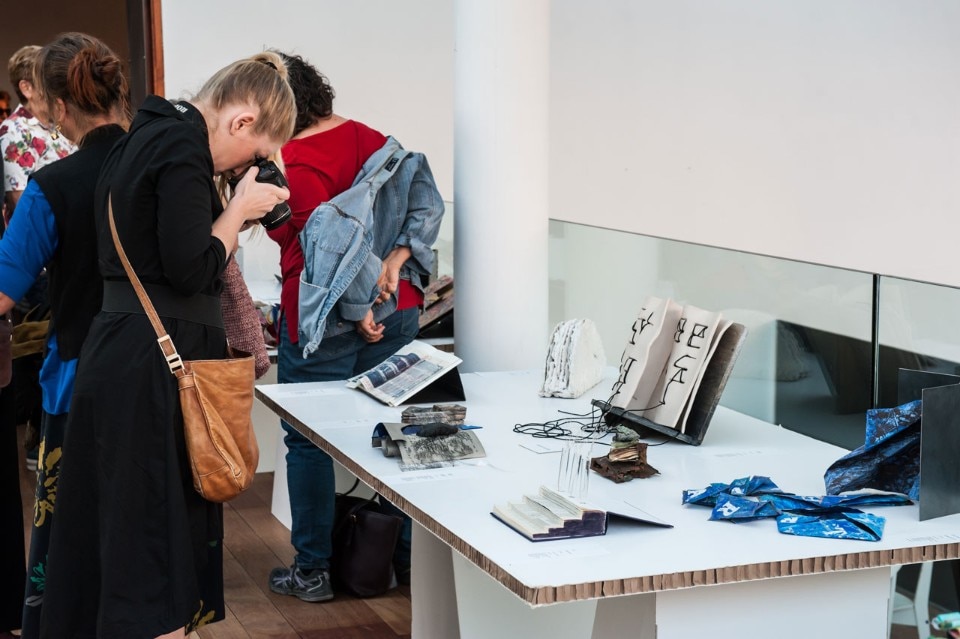
Next to super-technological workshops like “coding for kids” – the computer programming in order to develop a “computational thought” in the child – there will be analog ones such as calligraphy, live painting, comics and books. During the Brera Design Books, Chiara Alessi will propose three brand new books on ultimate design: “Design spontaneo” by Dario Scodeller, “Disabitare” by Matteo Meschiari and “L’ornamento non è più un delitto” by Cinzia Pagni.
For the whole week, the exhibitions “Beato design” on Italian pavement art, the Graphic Design Camp “Mostro 2” and “The utility of the useless”, which focuses on methods and creative processes, will be opened in the key-locations of Brera District.
- Title:
- Brera Design Days
- Curator:
- Studiolabo
- Opening date:
- from October 12 to 18 2018


